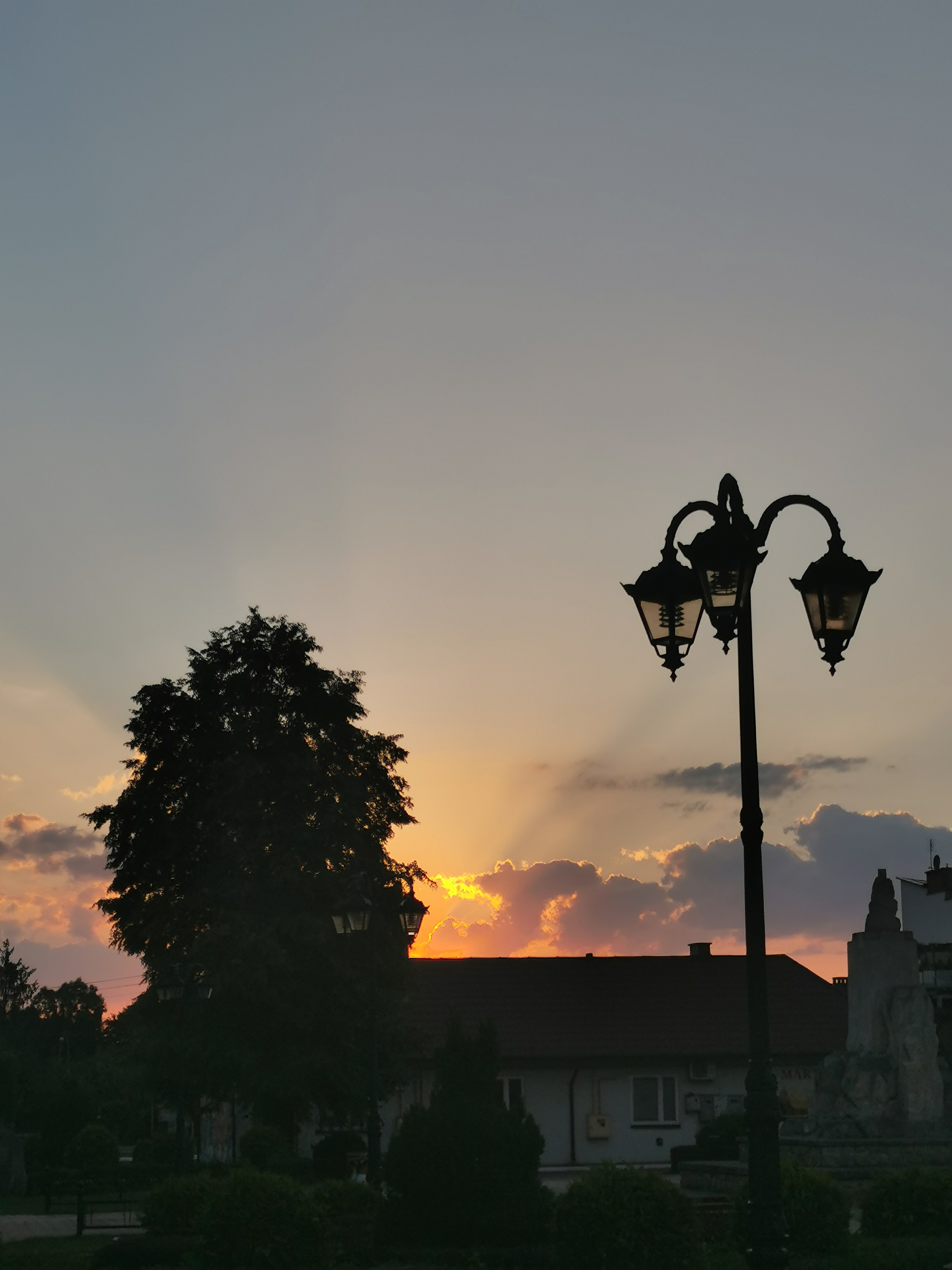La Belle Dame Sans Merci
Cards (10)
- “Alone and palely loitering”
- Repetition (first and last stanza): Highlights the knight’s emotional paralysis and abandonment
- Imagery: "Palely" suggests sickness or loss of vitality, showing the draining effects of love
- Interpretation: The knight is physically and emotionally left in a barren, lifeless state after his encounter—emphasising the destructive power of obsessive love
- “Full beautiful — a faery’s child”
- Romantic imagery: Describes the woman as enchanting and supernatural
- Alliteration in “full” and “faery” adds musicality, enhancing her allure
- Interpretation: The knight is seduced by idealised beauty; this reveals the danger of fantasy and illusion in romantic relationships
- “And sure in language strange she said — ‘I love thee true’”
- Contrast: She professes love, but in a “language strange,” making her words suspicious.
- Irony: She says “I love thee true” yet abandons him—emphasising the deception or mystery of love.
- Gothic influence: The mysterious woman fits the archetype of the dangerous, otherworldly lover.
- “I saw pale kings and princes too, / Pale warriors, death-pale were they all”
- Repetition of “pale”: Reinforces the idea that many have fallen victim to her—she's a symbol of destructive love
- Imagery: Ghostly, tragic figures foreshadow the knight’s fate
- Interpretation: The knight realises he is not the first to be enchanted and left heartbroken
- Shortening
- Keats shortens the last line of every stanza so that it has only two stresses and usually only four syllables
- This creates the effect of the stanza being abruptly cut off, or something being absent / withheld
- This may reflect the absence of actual love or a true relationship explored in the poem: the siren’s love for the knight is only an artificial trick
- Cyclical structure
- The line “and no birds sing” is repeated in both the first and last stanza
- This repetition serves to ground the reader back into reality after the fantastical events which occur in the middle of the poem with the siren
- It may also reflect how the knight is now dying as a result of the encounter, and therefore the cyclical narrative could reflect the stages of life - birth through to death
- Quatrains
- The stable structure of the quatrains in the poem juxtaposes the fantastical language and situations explored in the content of the poem
- This emphasises how unreal the knight’s experience is, which is what he discovers when he awakes on the side of the hill at the end of the poem
- Romantic poets, including Keats, sought to explore intense emotions, particularly love, passion, and loss, often using nature as a backdrop to express these feelings
- In La Belle Dame Sans Merci, the poet uses the desolate landscape to reflect the emotional desolation of the knight, who has been entranced and ultimately abandoned by a mysterious lady
- Keats’s poems often explore the tension between beauty and mortality
- In La Belle Dame Sans Merci, the knight’s experience with the lady leads to destruction, possibly symbolizing the danger of idealizing love or being consumed by passion
- The knight’s melancholic state at the end of the poem echoes Keats’s personal experience of love and loss, where love can lead to a kind of emotional death or devastation
- Keats had a deep interest in love and death, which were often recurring themes in his poetry
- He was also aware of the fragility of life, as he experienced the early deaths of his mother and brother, and his own health was deteriorating due to tuberculosis
- Keats’s personal experience of illness and death is reflected in the knight’s sense of fate and isolation, particularly in the final lines where the knight is left in a dream-like state, a metaphor for death or eternal suffering
